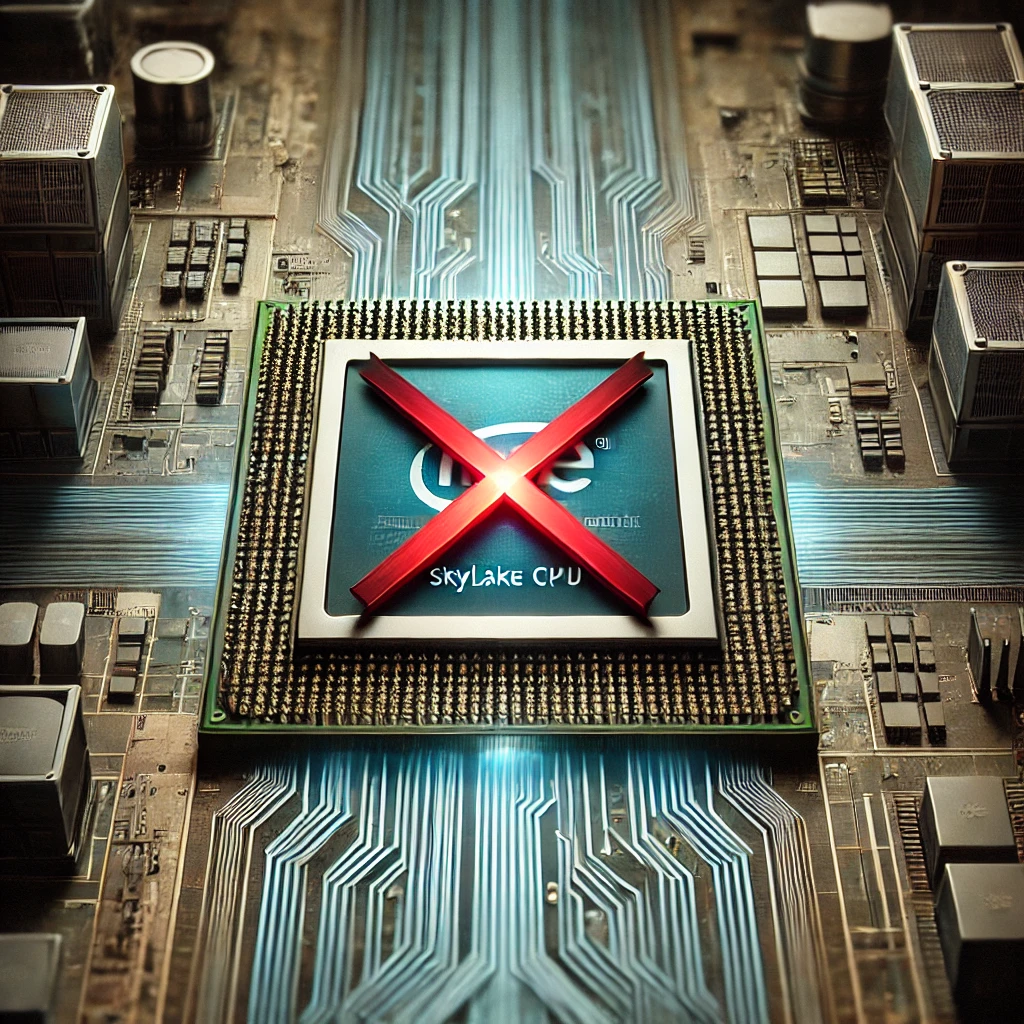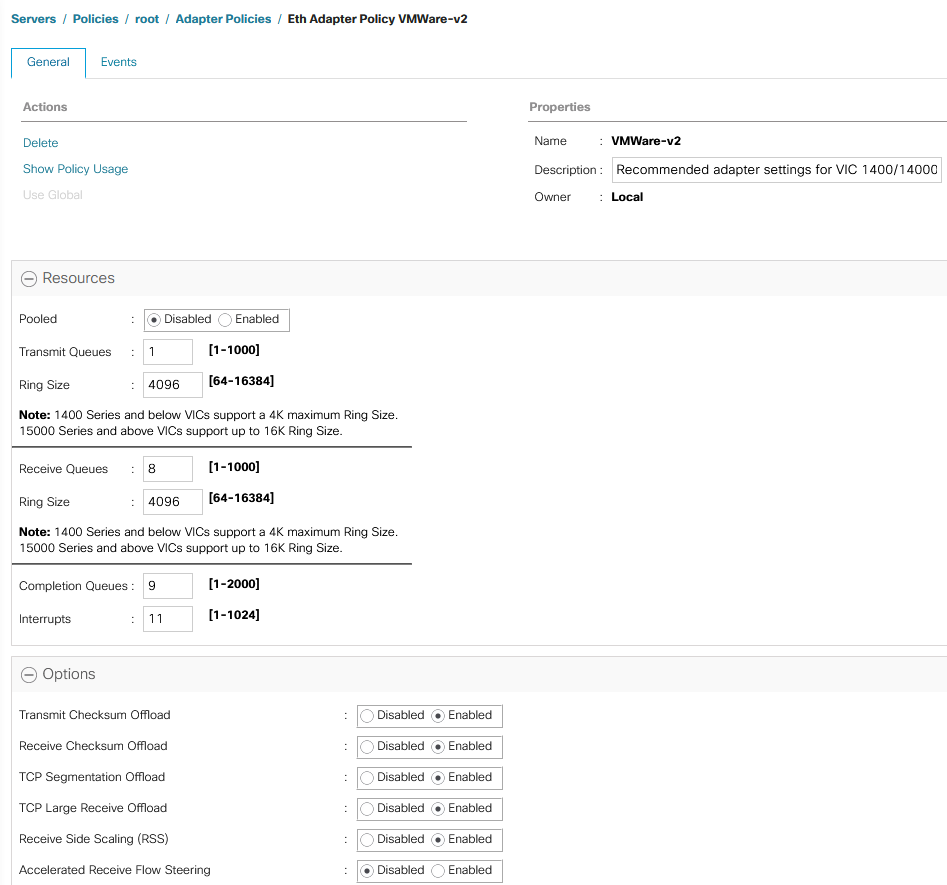
As the IT industry continues to evolve, so do the platforms and hardware that support our digital infrastructure. One significant upcoming change is related to Intel’s Skylake generation of processors, which has entered the End of Servicing Update (ESU) and End of Servicing Lifetime (EOSL) phase. By December 31, 2023, Intel will officially stop providing updates for Skylake server-class processors, including the Xeon Scalable Processors (SP) series. This change is set to impact future VMware vSphere releases, as VMware plans to discontinue support for Intel Skylake CPUs in its next major release following vSphere 8.x.
Why Skylake CPUs are Being Phased Out
Intel’s Skylake architecture, introduced in 2015, has been widely adopted in server environments for its balance of performance and power efficiency. The Xeon Scalable Processor series, which is part of the Skylake generation, has been foundational in many data centers around the world. However, as technology progresses, older generations of processors become less relevant in the context of modern workloads and new advancements in CPU architectures.
Impact on VMware vSphere Users
With VMware announcing plans to drop support for Skylake CPUs in a future major release after vSphere 8.x, organizations relying on these processors need to start planning for hardware refreshes. As VMware’s virtualization platform evolves, it is optimized for more modern CPU architectures that offer enhanced performance, security, and energy efficiency.
More info CPU Support Deprecation and Discontinuation In vSphere Releases







